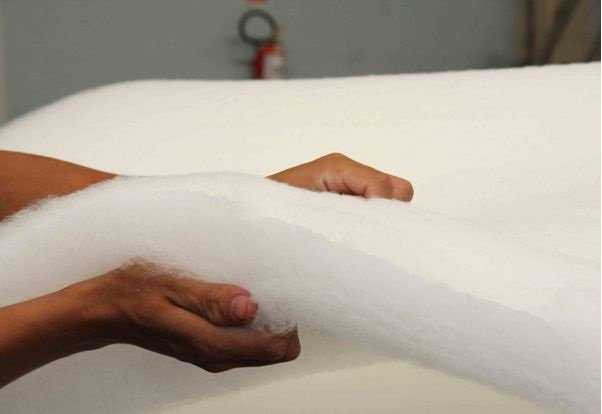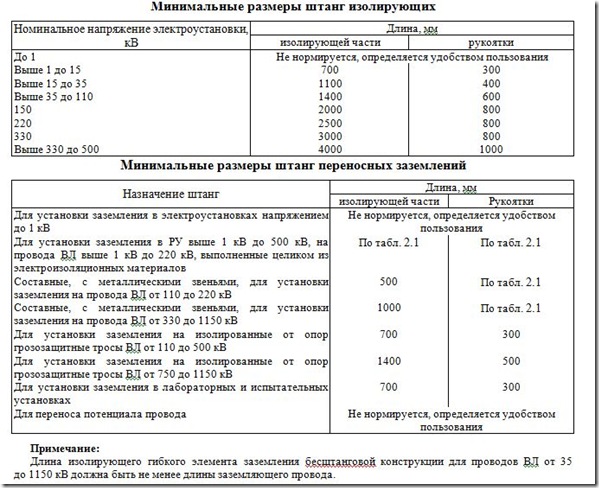Basic and additional electrical protective equipment
And workers in the service sector of electrical installations at electrical substations and divisions of industrial enterprises work in the risk zone. Their health must be out of danger from electric shock. This is achieved by using protective accessories specific to the existing voltage classes. We will tell our readers further about what these funds are.
Classification
Protective equipment against electric shock is very diverse both in appearance and functionality. It can be:
- instruments and apparatus;
- devices, including their parts, determined by the design.
They are used not only to prevent direct contact with live parts. After all, electricity has a harmful effect on living organisms, including remotely. The source of this effect at a voltage of tens or hundreds of kilovolts is an electric, as well as an electromagnetic field of high intensity. And if a short circuit occurs in the room of a closed switchgear, everything that can burn near the place where the voltaic arc occurs burns out.
The gases that are released are usually poisonous and lead to intoxication of the body. Due to the diversity of the physical nature of the influence of electricity on the human body, they are classified as:
- protecting against the damaging effects of electric current;
- electrical protective accessories;
- protective shielding devices, as well as clothing that weakens the influence of powerful electric and electromagnetic fields.
However, they can be either personal or collective.
Basic personal electrical protective accessories
The essence of the functionality of personal electrical protection accessories is that they touch potentially dangerous parts of electrical equipment while holding them in their hands. Tires, bare conductors, as well as other elements of electrical networks that come into contact, are at a potential dangerous to life. Touches are performed:
- insulating rods, the design of which is determined by the value of the limiting voltage;
- pincers for performing measurements of electrical parameters;
- voltage indicators;
- signaling devices indicating the presence of voltage;
- metalwork tools with insulated handles;
- products made of special rubber - gloves (voltage over 1000 V), rugs, etc.;
- various measuring and testing equipment.
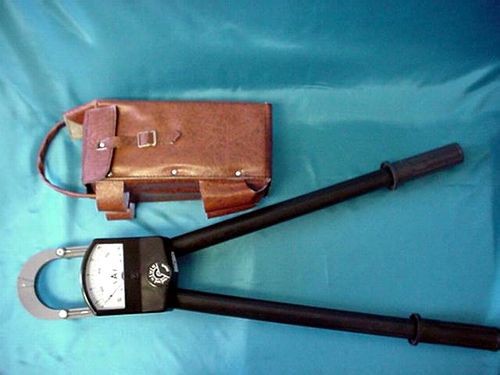
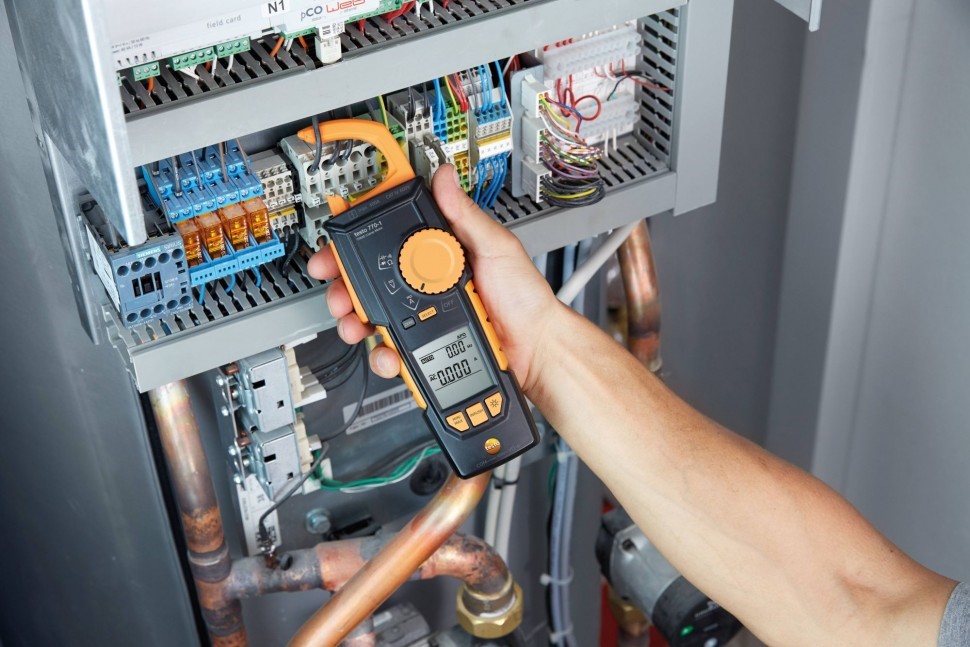

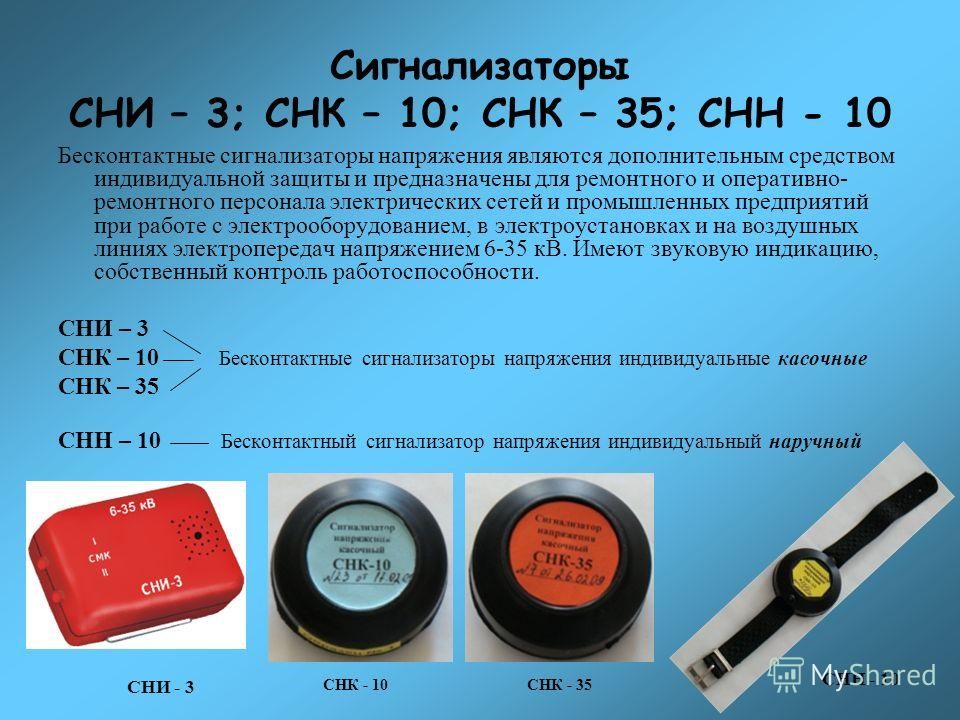
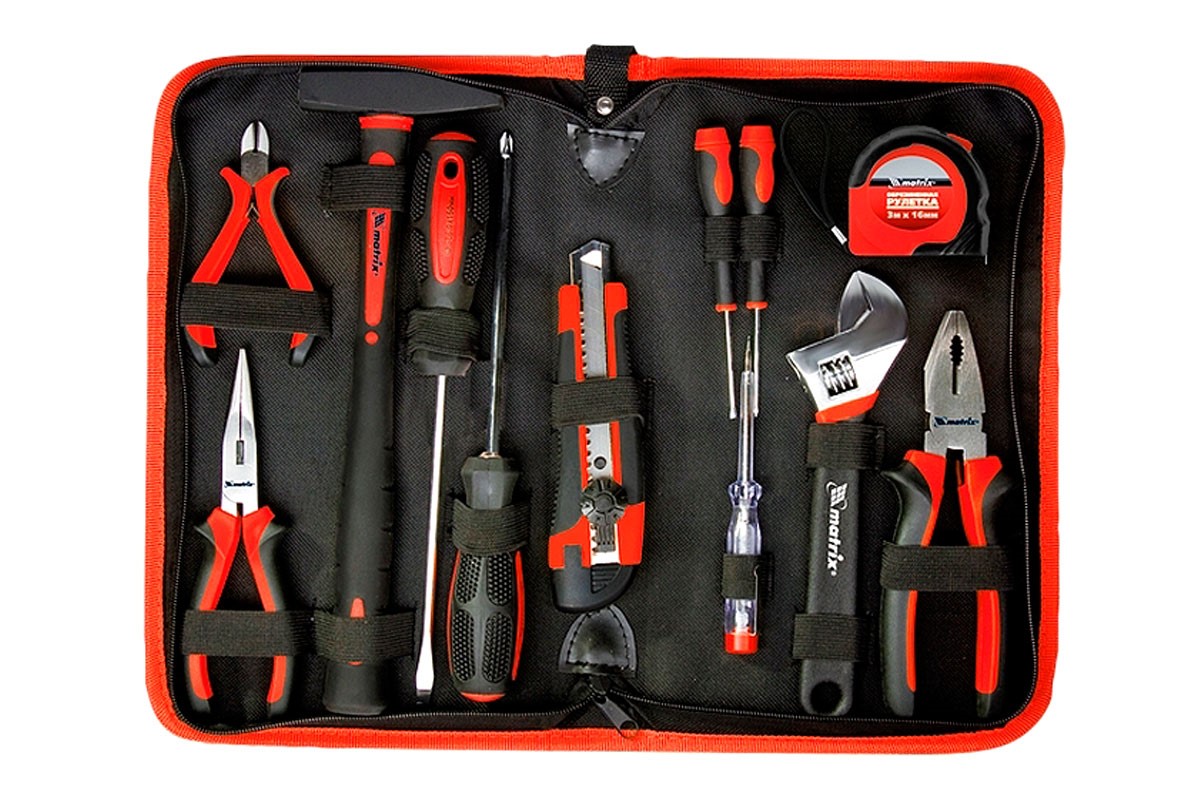
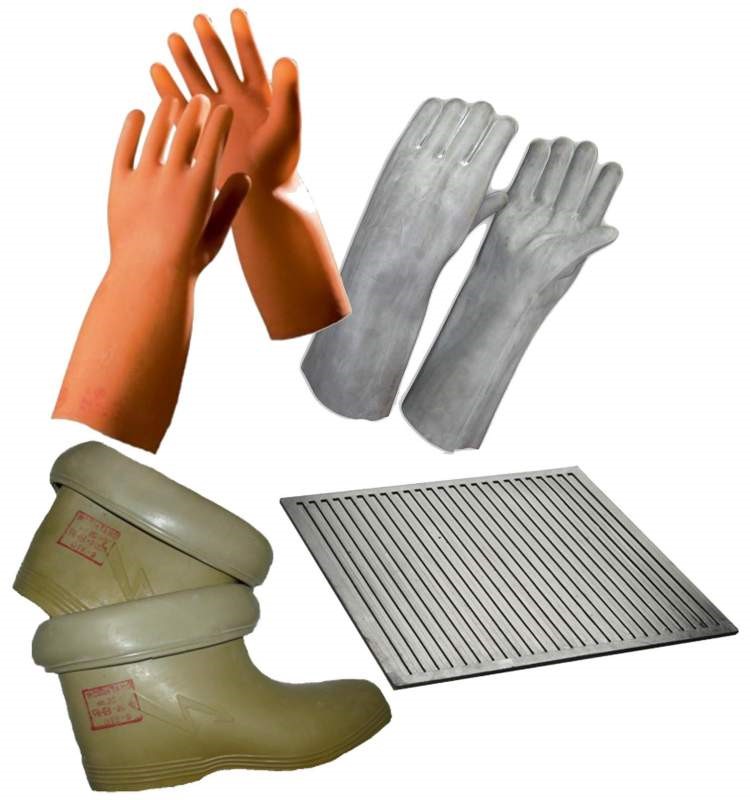

Personal protective equipment is supplemented by:
- protective fences;
- temporary groundings;
- warning information signs, posters;
- shielding means.
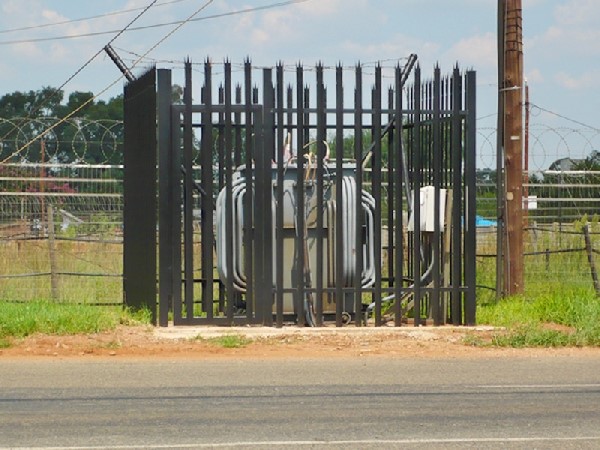
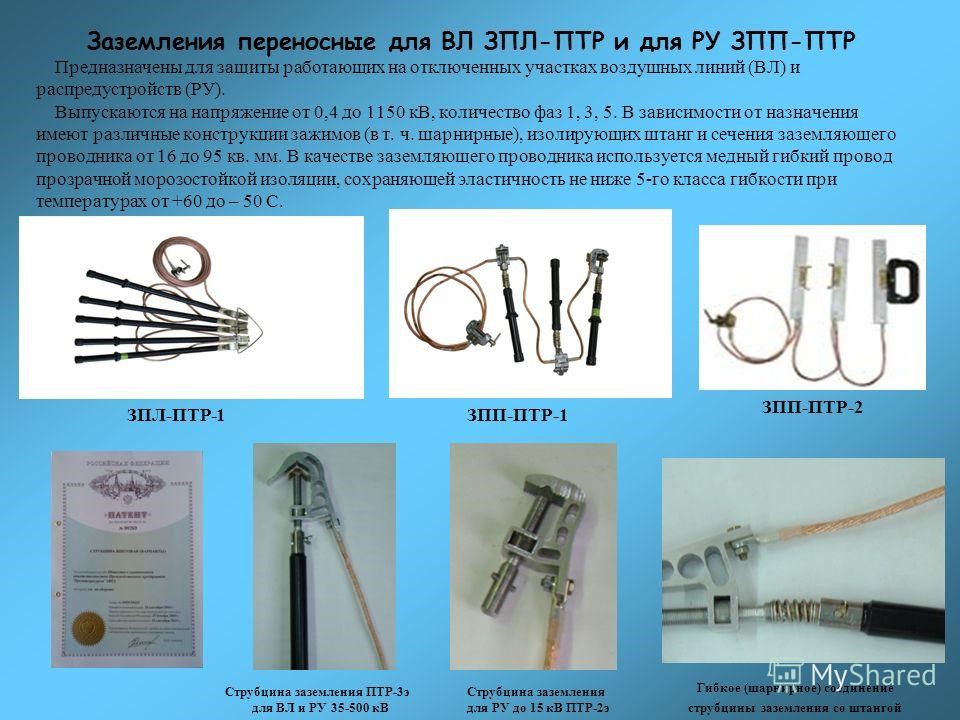
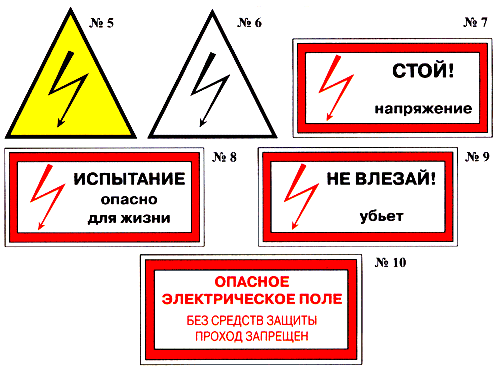

Additional
Since the means listed above a priori withstand the impact of a given voltage, they are called basic. But in the course of work in electrical installations, additional personal protective equipment is widely used. They do not withstand exposure to high voltage, and for this reason are used outside the zone of its influence. Such means are:
- dielectric gloves with an operating voltage of 1000 V or less;
- dielectric shoes - boots, galoshes;
- dielectric mats.
By analogy with the main ones, these funds are also supplemented:
- protective fences;
- special rods with which the potential of the electric field can either be transferred or aligned;
- special shielding clothing to protect against the effects of electric and electromagnetic fields of high intensity;
- metal screens;
- warning information signs, posters.
Since work performed under voltage can have a selective damaging effect on the human body, on this basis, personal protective equipment is divided into:
- protecting:
- head, face and eyes;
- respiratory system;
- Hands;
- protecting against falling from a height onto live parts.
Features of use
In addition to the availability of the listed personal protective equipment in the subdivision performing work under voltage, its personnel must fully master their use. Protective equipment must be tested in the prescribed manner and stored in accordance with certain rules. The heads of departments of the enterprise are responsible for this. All of them report to the chief engineer, who is responsible at the enterprise for all issues related to the full range of protective equipment used at the enterprise.
A special log is also kept, in which appropriate records are made regarding the condition and use of protective equipment. Checking the journal entries and their compliance with the real state of tools and accessories is done once every six months. Over time, protective accessories get damaged or wear out. If defects are found on protective equipment, it is necessary to immediately stop using them and remove them. In this case, the nearest responsible person is immediately notified.
To ensure the expiration date declared by the manufacturer, protective equipment must be stored correctly. Mandatory to comply with:
- specified specifications for humidity levels;
- absence of any pollution;
- invalid conditions:
- for the appearance of mechanical damage;
- exposure to both direct sunlight and aggressive chemicals;
- convenience of storage location. Usually it is located near the entrance to the room or near the control panel;
- the use of special containers for transportation, which should contain only protective equipment;
- marking with individual inventory numbers of all used protective equipment (this requirement does not apply to rods, helmets, dielectric mats, fences, signs, and posters);
- regular tests in accordance with established rules and marking with indelible paint of accessories that have successfully passed these tests (a stamp is placed in a conspicuous place, well protected from certain influences that appear during the work performed). It is necessary to keep a special log in which records are made of the tests carried out.

Design features of protective equipment
The most characteristic structural element of the main protective accessories are restrictive rings or stops. With their help, a zone is set that is allowed to be touched by hands during work under voltage. For the manufacture of basic protective equipment, materials are used, the dielectric properties of which are highly stable. Next, consider the protective equipment used most often.
barbells
Insulating rods perform operational work on installing or removing temporary grounding, ground-based parts for power lines (for example, arresters), performing any measurements on wires and buses. Rods differ in their design according to their purpose. At the same time, in some models, it is possible to mount several types of interchangeable devices on the same rod handle. Each of them is maximally adapted to solve a specific task and must be securely joined to the handle.
- Before starting work using a rod, the detachable nodes in it must be checked (thread condition, etc.).
- Touching the rod to live parts with voltages above 1000 V is only allowed with rubber gloves.
- When working at height, the operator first rises to its level, and then a barbell is fed to him from below.
Ticks
Ticks perform different types of work, therefore, there are insulating and electrical measuring models. Insulating pliers capture parts that are energized. For example, spent fuses, guards, busbar and terminal covers, etc. It is allowed to work with tongs in electrical installations with a voltage of less than 1000 V without protective gloves, but with glasses. It is recommended to keep at the moment of touching the current-carrying parts the distance from them and to the face, equal to the outstretched arm.
Electrical clamp meters measure the magnitude of voltage and current in electrical networks up to 10,000 V in functioning current-carrying parts. Their principle of operation is based on the phenomenon of electromagnetic induction. In fact, this is a transformer, in which the primary winding with a core is made in the form of jaws of tongs. A circuit with a measuring device is connected to the secondary winding. One of its options is shown below in the image.

High voltage pliers, always with long handles. They limit the distance to the measuring point to a safe value. Similar handles in tongs used in electrical networks up to 1000 V are not made. For safe operation at such voltages, the case is quite sufficient as an element for holding the clamps when measuring the magnitude of voltage or current. The insulating properties of the body material are quite sufficient to perform measurements without dielectric gloves.
When working with clamps on live parts with voltages above 1000 V, the following rules must be followed:
- do not approach the measuring device located on the tongs with your face in order to better consider its readings;
- it is not allowed to use remote devices;
- dielectric gloves must be worn on the hands;
- it is not allowed to use anything as a support for hands or ticks - they should only be on weight;
- it is forbidden to work with this accessory on a power line pole.
All voltage indicators work according to the general principle. Touching live parts causes a current to flow to earth through an electrical circuit consisting of this instrument and the operator's body. The current is formed by the capacitance of the said electric circuit. Its value is significantly less than the values \u200b\u200bof the current that are dangerous for human life, and therefore harmless. But it is sufficient for a glow to appear in a gas-discharge lamp as a result of a glow discharge.
Inside the probe is an electrical circuit of a capacitor and a neon lamp. This circuit is connected on one side to the probe, which is in contact with live parts, and on the other side to the handle. For it, the operator holds a voltage indicator. It is allowed to work with pointers with voltages above 1000 V only with dielectric gloves. Before touching the object under study, you need to make sure that the pointer is capable.

For this, some element of the electrical network is used, which is obviously energized. Its value should be sufficient to check the pointer (for the light bulb to glow in it). In some more advanced models, an additional sound alarm is made. The disadvantage of the contact pointer is the need to touch live parts. Therefore, the scope of such pointer models is limited.
If the current-carrying parts are covered with a layer of insulation, the contact voltage indicator will be incapacitated. The most versatile solution is a non-contact voltage gauge. This device perceives the influence of an electric field and operates from a built-in power supply. It can be used both with elements of open wired and cable high-voltage systems. If it is necessary to work at voltages above 1000 V, dielectric gloves for this voltage class will be required.
- On gloves (and boots) designed to work with voltages above 1000 V, the marking that is applied after testing must contain the letters "EV".
- Before work, gloves are checked for tightness by excess air pressure.


Low-voltage voltage indicators are bipolar (for operation in isolation from the ground, for example, on power transmission poles) and single-pole. The latter includes the indicator screwdriver, well known to many of our readers.
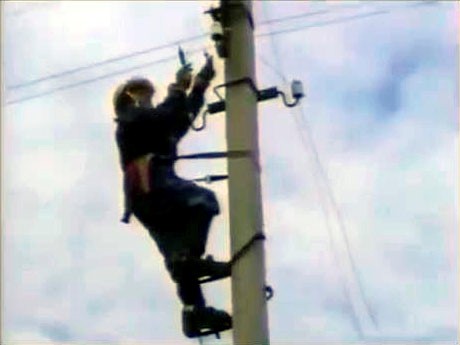
All employees of enterprises and power supply departments should be well aware of the rules for the use of protective equipment and be able to use them in practice.
- Rules for the use of electrical protective equipment when working in electrical installations
- How to sew fleece mittens
- Protective equipment in electrical installations
- Glasses for a computer: which is better to choose
- How to wash things with thinsulate insulation
- Training in electrical safety, labor protection, ecology, electrical safety, fire-technical minimum, first aid to victims courses
- Means of protection in electrical installations up to and above 1000 Volts
- What is fleece fabric, where is it used and how to care for it
- Personal protective equipment
- What is this fabric?
- Thinsulate
- Benefits of onions for dental health
- Dream interpretation why teeth fall out in a dream
- What does it mean if you dreamed of lard - salty, fresh or with a layer
- Seven good reasons why there might be life on other planets
- The most famous mummies of the world and their mysterious stories What does a mummified body look like
- Sleep dead baby boy girl
- Posts tagged ‘multi-shot crossbow’
- The longest rivers in the world
- Compilation and solution of chemical equations




